Experts Address RDOF’s Unanswered Questions
Halfway through its decade-long timeline, the $20 billion rural broadband subsidy program grapples with unresolved issues.
Jericho Casper
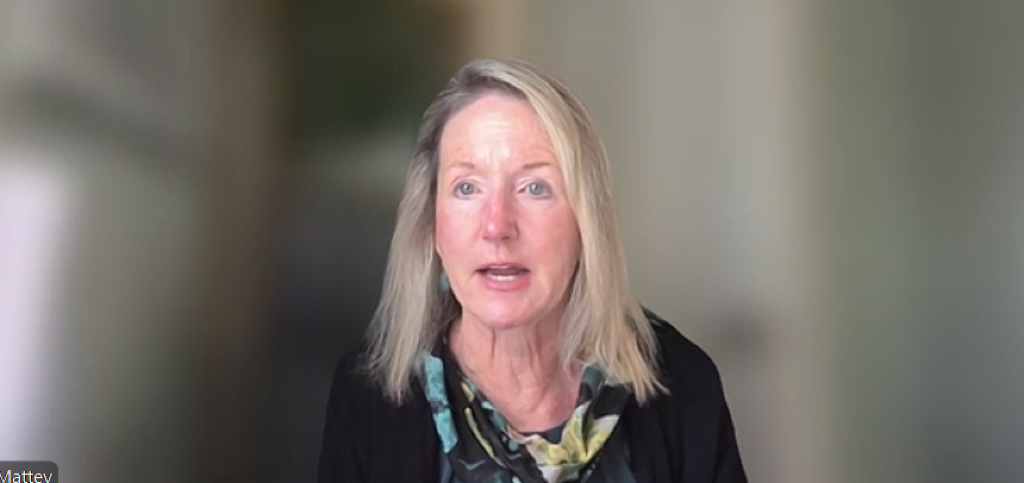
WASHINGTON, Dec. 5, 2024 – A $20.4 billion federal initiative launched in 2020 to bring high-speed broadband to unserved areas has hit its midway point.
With 40% of locations required to be built out by the end of 2024 for some recipients, the Rural Digital Opportunity Fund has reached significant milestones but remains plagued by uncertainties, experts said during a Thursday event hosted by WISPA – Broadband Without Boundaries and NCTA – The Internet & Television Association.
“Since the RDOF process began in January 2020, there have been numerous positive and negative changes affecting RDOF recipients,” said Carol Mattey, founder of Mattey Consulting LLC and former FCC Deputy Chief of the Wireline Competition Bureau.
“Changes in deployment costs, technology available, interest rates, differences between initial estimates and actual location data, and regulatory hurdles at federal, state and local levels, have all contributed to the current scene,” Mattey explained.
One of the most pressing questions centers on the FCC’s “true-up process,” which will revise providers’ deployment obligations based on updated location counts at the end of the sixth year of support — 2027 for the first set of recipients authorized in 2021.
These revised counts could reduce RDOF support for some providers where fewer locations exist but could increase them for others — without a guarantee of additional funding. Earlier this year, the FCC sought public comment on how to implement this directive, but no new ruling has been issued, leaving many companies in limbo.
According to the FCC's guidelines, if the number of locations in a funded area increases by more than 35% compared to the original model's estimate, service providers may request additional funding. However, for increases below this threshold, there is no provision for extra support, CostQuest reports.
“There are a lot of important unknowns,” Mattey emphasized.
Another key area where RDOF offers leeway is in the choice of technology providers use to meet their deployment obligations. “The FCC is technology agnostic when it comes to how providers meet their obligations,” Mattey said.
While companies outlined specific technologies, such as fiber or fixed wireless, in their applications, they are not required to adhere to those initial plans, as long as they meet RDOF’s performance requirements of at least 25 Megabits per second (Mbps) downstream and 3 Mbps upstream.
Another discrepancy for many RDOF recipients is the financial burden of maintaining higher-value Letters of Credit until they can verify milestones, such as the 20% buildout requirement. Delays in the Universal Service Administrative Company’s verification process — currently taking four to six months — mean companies are often left paying for LOCs longer than anticipated.
Steve Coran, chair of Lerman Senter’s Broadband, Spectrum, and Communications Infrastructure practice group, highlighted this issue during the webinar.
“Just keep that in mind, if you're looking to reduce your letter of credit, you may be in for a little bit of a long haul,” Coran said. “You may have to renew your existing letter of credit, even though you have certified to USAC, they have not verified that you hit 20% [of locations]. I'd like to urge you to be patient, but I know that it costs you money every single month to have to pay a higher value letter of credit.”


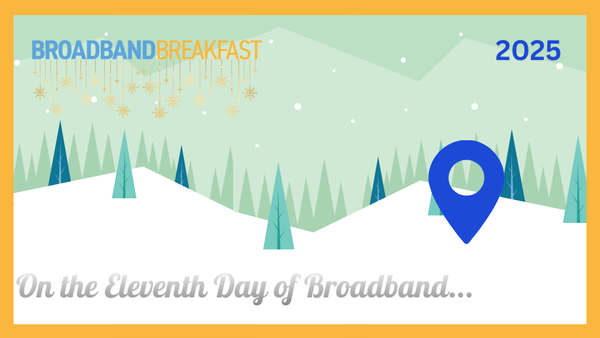



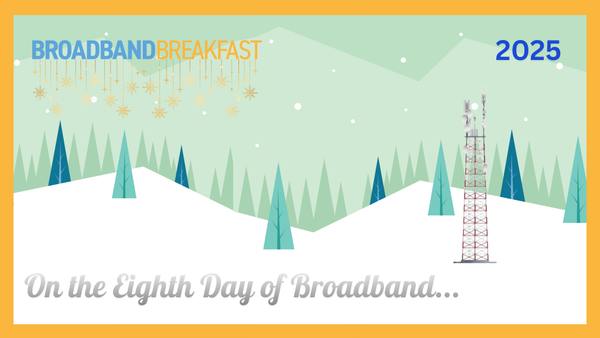
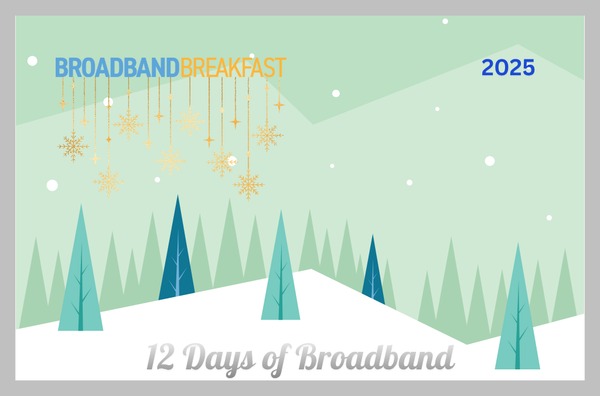

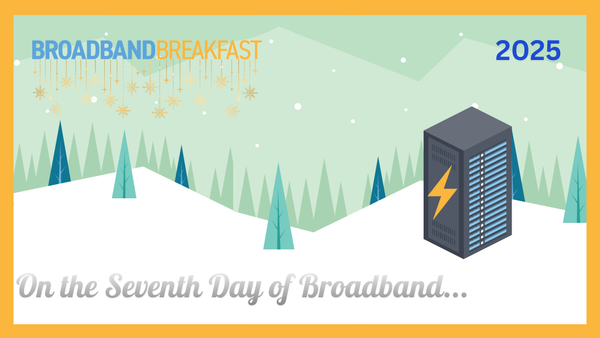
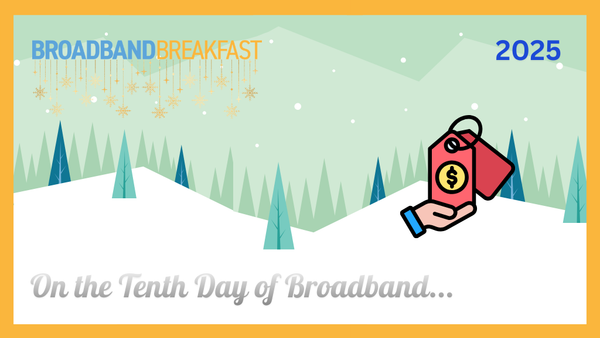
Member discussion